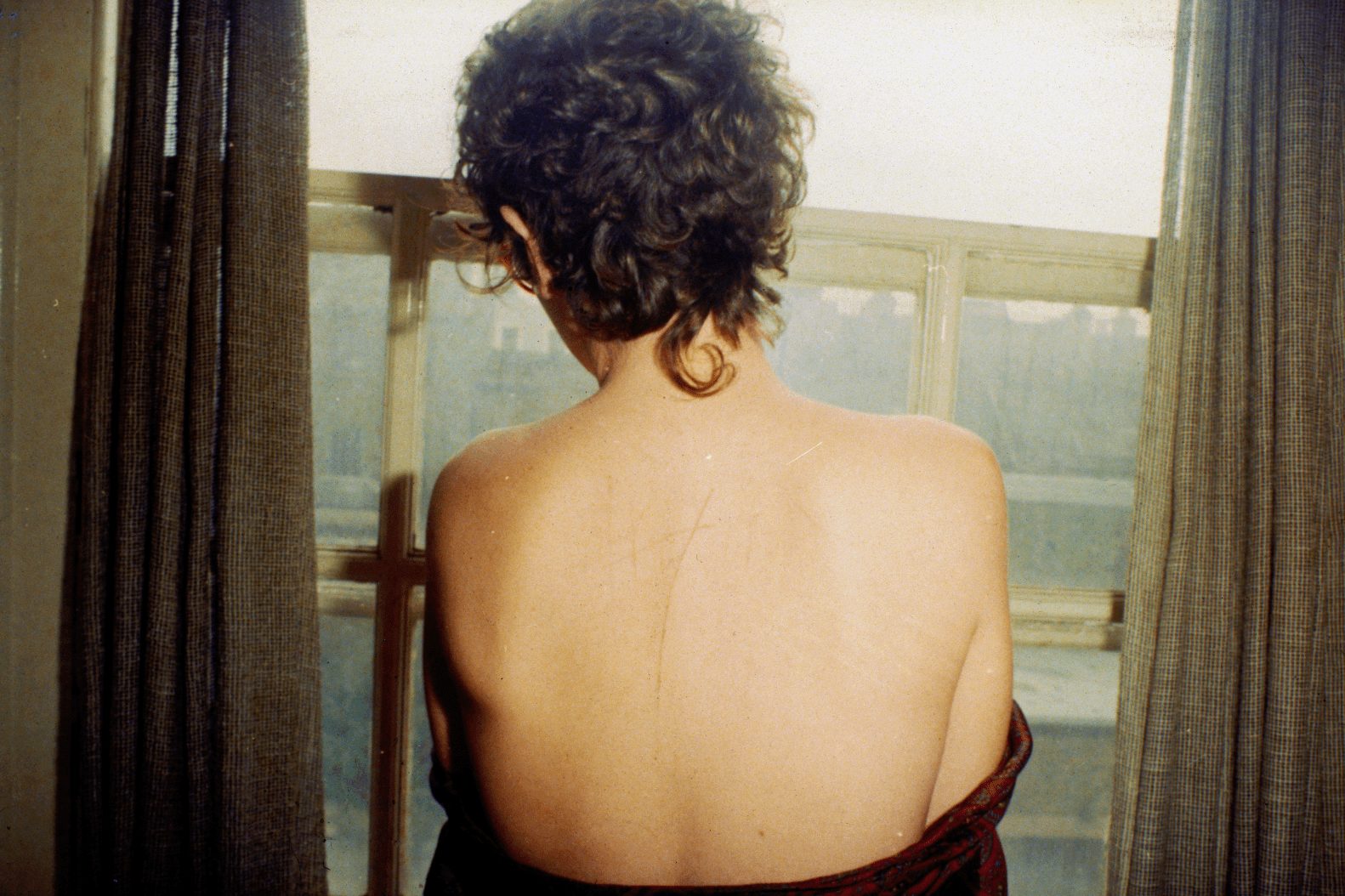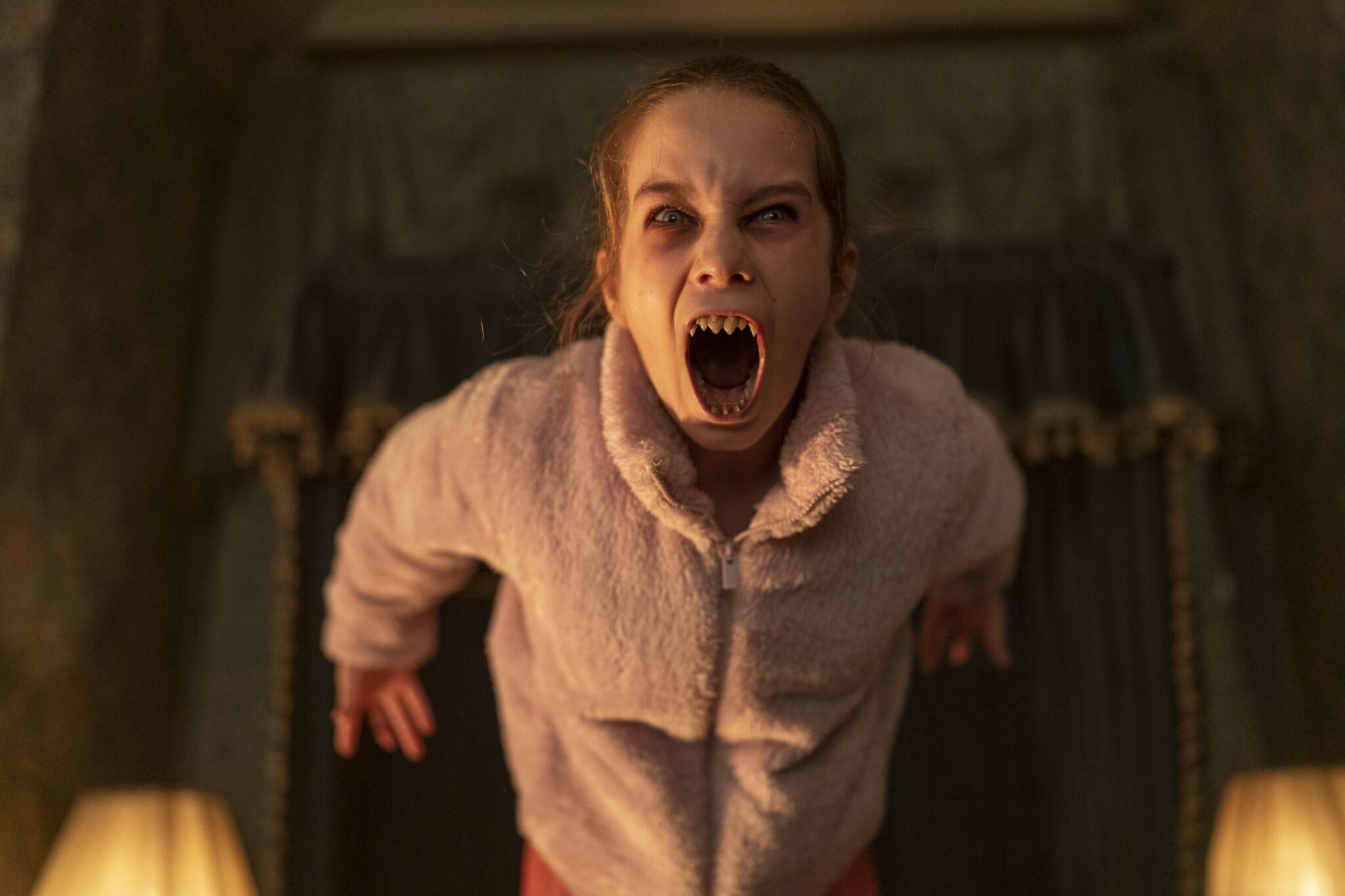
There’s a reason that this film the won Golden Lion.
All the Beauty and the Bloodshed combines the beauty found in the photography of the documentary’s main subject, Nan Goldin, with the tragedy that she encountered in her life. The film is presented in two cross-cutting parts which compares and contrasts the two parts of Nan’s life: before her battle with Oxycontin and after. The film’s agency comes from its access to Goldin’s work as what I would deem the creative head of the protest group, P.A.I.N. This group of brash and brave individuals use their voice to try and take down the name of the Sackler family, the group that owns Purdue Pharma, the manufacturer behind the highly addictive Oxycontin painkiller. The other part of the film is Nan telling her life story up to when she became addicted to Oxycontin and how her artistic career developed before she would risk it by standing up to the power of the immensely rich Sackler Family. What made them a proper target for Goldin is that the Sackler’s donations made their name a mainstay of the most prestigious museums where Goldin’s work would take up residence.
Goldin chooses to tell her life story through her personal artistic medium: slideshows of photographs that she has specifically chosen to accompany her personal tale of woe. It starts with her life at home where the dysfunction of her family moved her towards the liberating movements and diverse peoples of the 1970s art world. This was a place where she lived with people who were on the outskirts of society: drag queens, sex workers, and trans people, many of whom consumed drugs such as speed and cocaine. Goldin doesn’t hide who they were, what they did or the questionable decisions she made. Instead, she embraces them. Despite some level of acceptance from the art world, she’s always been forced to the left because of who she was and the people that she loved were always pushed to the outskirts. Goldin is a woman who embraces sexual freedom, and believes in the love between people but also noted the ugliness of the dependency it creates in us. Specifically, she challenged the ways that women find themselves below men in many sexual and romantic contexts, an experience that she was familiar with.

Still despite the hardships in life around Goldin, she constantly found beauty amid the tragedy. Her work championed the lives of these people whose voices did not carry strong political or social power. She aimed to give them a voice by showing them as they were, photographing her life with them, and the simple moments of their everyday lives. This sort of representation was a far cry from the manipulative political work that we sometimes see today. In fact, her approach to photography was initially rejected by the art world. At the time, artistic photography valued black-and-white portraits of things or people of some significance. No one was documenting their own life like Goldin was. But who she was and who her subjects were inherently stood out from the largely hetero-white male-controlled art space.
This was not the intention of the film at first. Goldin’s goal was to document P.A.I.N’s protest efforts at the different museums but director Laura Poitras saw the connection between the artistry of Nan Goldin’s photography career and the way that P.A.I.N would approach protesting. They were never boring; they used their resources to call attention to the most damaging parts of the Oxycontin scheme. At the Guggenheim, one of the members had the idea to throw these printed prescriptions of Oxycontin. There’s a beauty in how these sheets of paper float down from the many floors of the main hall, acting as a demonstration of the insane number of prescriptions Oxycontin Purdue pushed for. The protest was an expression of the Sackler’s relentless pursuit to make money through Oxycontin, the most used and sold drugs in the United States. Normal teenagers and adults across the world took it to get relief from common work incidents, vehicular accidents, and sports injuries. But then they would crave the pill and start ingesting it any way they could to try and peak their high. Leading to a number of deaths linked directly to Oxycontin and even more from harder drugs, these people turned to in search of relieving their painful and ugly cravings.
The photography slideshows mostly put together by Goldin and inspired by her shows are some of the most profound parts of the film. It depicts a unique part of the world captured by an artistic voice who was ahead of her time. While we’re all now fighting to try and create the nicest looking Instagram photos of our friends and family, Goldin did it better by taking calculated and precise snapshots of her life using film stock that she couldn’t afford. Yet, that scarcity and the unique approach to capturing her own life is what made her such an artist and unlocked the potential for the personal photographs that we scroll through on social media every day to be seen as art. Even so, she doesn’t let her personal work steer the project away from the greater issues. Her personal art has always been a way to raise voices and express the beauty of a people who would be ignored, silenced, or even killed.
This escalated in wake of the AIDS crisis. When she came back from New York after living in Berlin, she discovered how many of her people have died (or are dying). She then takes this ongoing tragedy and tries to use her work to raise awareness. Her next show in New York would be about the AIDS crisis, a topic that no government or national artistic association would make the nation aware of because it wasn’t considered correct. As a result, the gallery that received funding from an important national arts grant would have that money stripped from them. These institutions were especially afraid of Goldin giving the pen over to her longtime friend David, a man who would not waste any words in expressing his anger at the politicians and leaders of the church who simply ignored or condemned people with AIDS. He truly couldn’t waste time or words because he was one of many who was stricken with AIDS as well.
Goldin and Poitras teamed up to marry her life’s work with her present activism into a beautiful portrait of who Nan Goldin is. Her work humanized and gave life to a generation of people who struggled to be heard. I sincerely appreciate the use of Goldin’s still and moving photography. The slideshows where she would tell stories in voiceovers as we look at her photographs accompanied by powerful music make her story emotionally compelling. Without her as the central subject of the film, it would become a lot more scattered, but she anchors it together and her life story elevates those of the people around her. Her story stands in for the hundreds of thousands of stories from people whose lives were devastated by Oxycontin. Their families, friends, and lovers around the world also felt the immense pain of their addiction and its a truly heartbreaking sight. Still, the film is filled with beauty and that comes from the honest stories told by the people involved in this tragedy.
Personally, I wish some of it could have been captured in a similar style to the photos Goldin took but the active situations that they are caught in probably required the digital look. The story is told in seven chapters which works great for pacing because it helps to define each chapter of Goldin’s life and create a sense of progression. However, some parts of the film do feel slow and, by the end, it felt a little long. Still, the editing is well done within each scene. They tell full stories and use Goldin’s pauses in her narration to help us understand the importance of what she is saying and the images we see. All the Beauty and the Bloodshed is one of the best films of the year and should be seen by anyone who has ever appreciated art or believed that personal stories can change the world.
All the Beauty and the Bloodshed is now available in theatres.




